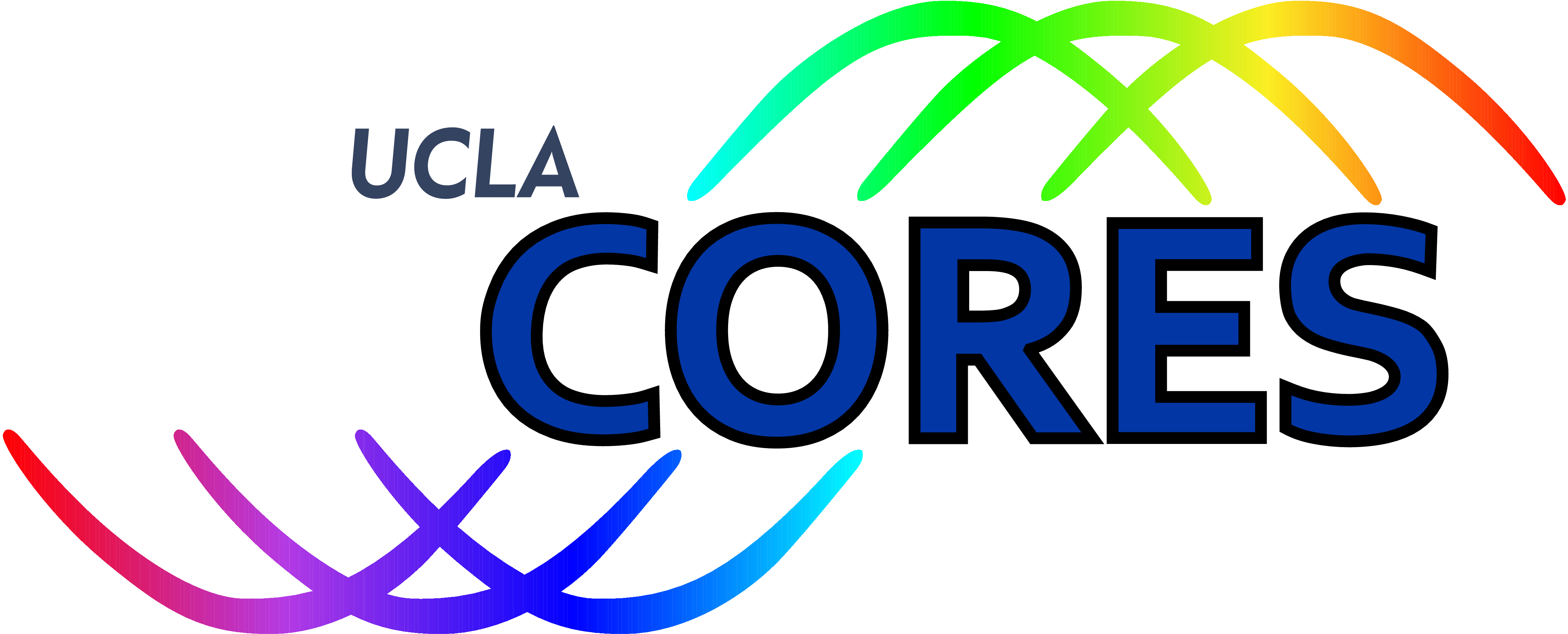
Cognitive Reconfigurable Embedded Systems Lab

Coordinated Beam Discovery, Association, and Handover in Ultra-Dense Millimeter Wave Cellular Networks

In millimeter wave networks, a high density of base stations is required to avoid outages resulting from the propagation loss and signal blockages. In order to compensate for the signal losses, it has been proposed to equip mmW transmitters and receivers with large number of antennas, which enables forming of narrow beams with high beamforming gains. However, it is not feasible to provide one RF chain per antenna due to high cost of hardware, especially ADC. In order to reduce the hardware cost, a hybrid analog and digital beamforming architecture has been proposed where the number of RF chains, K, is orders of magnitude smaller than the total number of antennas N. A BS can form only K independent beams and serve K UEs at any given instant. Therefore, providing sufficient data rates for a large number of users becomes a challenge and requires judicious allocation of BS resources to the associated UEs. Further, a dense deployment of base stations may result in frequent handovers which impedes seamless data transfer. We address these challenges in the following tasks
1) Beam association and resource allocation (BA/RA): In this task, we will develop an algorithm to associate UE beams to BS beams. We exploit the fact that in UDN one UE can be associated with and receive data from multiple BSs in its vicinity using multiple RF chains. The proposed algorithm allocates time domain resources at BS to associated UE beams and optimizes the beam widths at UEs and BSs to provide robustness against beam alignment errors. The objective of this task is to serve the maximum number of UEs in the network with required data rates.
2) Mobility management and handover: In this task, we propose a two step handover procedure consisting of link update and joint BA/RA with handover. In the first step, we update the link parameters (channel gain, AoA, and AoD) for links with low received SNR. The proposed link update procedure requires lower signaling overhead than existing methods. In the second step, the BA/RA and handover problem is jointly solved in order to reduce the number of handovers by optimizing beam widths at UEs and BSs.
Sponsors
- NSF grant title: NeTS: Small: Coordinated Beam Discovery, Association, and Handover in Ultra-Dense Millimeter Wave Cellular Networks
- NSF Awards number: 1718742 [Link]
Staff
- Primary Investigators: Danijela Čabrić
- Students: Han Yan and Veljko Boljanovic
Dissemination
- Sept. 2021 PhD student Benjamin Domae and Prof. Cabric gave a workshop presentation “Machine Learning Assisted Phase-less Millimeter-Wave Beam Alignment” at the Raytheon Technologies Processing Workshop’s University Day.
- Dec. 2019 Prof. Cabric and PhD student Han Yan gave tutorial “Millimeter-wave beam management for 5G-NR and beyond,” in 2019 IEEE Globecom, Big Island, HI. [Slides]
- Jul. 2019 PhD student Han Yan, Veljko Boljanovic, and Prof. Cabric gave poster presentation “Wideband millimeter-wave beam training with true-time-delay array architecture,” in the 6th NSF mmWave RCN workshop.
- Mar. 2019 PhD student Han Yan and Prof. Cabric gave poster presentation “Performance, power, and area design trade-offs in mmWave array architectures,” UC Berkeley, CA.
- Jan. 2019 PhD student Han Yan and Prof. Cabric gave poster presentation “Compressive initial discovery, synchronization and beamforming training in millimeter-wave networks,” in the 5th NSF mmWave RCN workshop.
- Oct. 2018 Prof. Cabric gave IEEE distinguished lecture talk “Physical layer millimeter-wave communications,” University of Utah, UT.
- Jul. 2018 Prof. Cabric gave invited talk “Physical layer millimeter-wave communications,” in T-Mobile.
- Jul. 2018 PhD student Han Yan and Prof. Cabric gave poster presentation “Performance, power, and area design trade-offs in millimeter-wave transmitter beamforming architectures,” in the 4th NSF mmWave RCN workshop.
- Jun. 2018 Prof. Cabric gave IEEE distinguished lecture talk “Physical layer millimeter-wave communications,” Tektronix, Portland, OR.
- Jun. 2018 Prof. Cabric gave IEEE distinguished lecture talk “Physical layer millimeter-wave communications,” Microsoft, Seattle, WA.
- Jun. 2018 Prof. Cabric gave IEEE distinguished lecture talk “Physical layer millimeter-wave communications,” University of British Columbia, Vancouver, Canada.
- May. 2018 Prof. Cabric gave invited talk “Physical Layer Millimeter-wave Communications,” in Maxlinear Inc., Carlsbad, CA.
- May. 2018 Prof. Cabric included “Introduction to millimeter-wave wireless networks,” as 4 hours lecture in UCLA graduate course ECE 233 wireless communication system design, model, and implementation.
- Apr. 2018 PhD student Veljko Boljanovic and Prof. Cabric gave oral presentation “Tracking Sparse mmWave Channel: Performance Analysis under Intra-Cluster Angular Spread,” in 2018 UCLA Annual Research Review.
- Apr. 2018 PhD student Han Yan and Prof. Cabric gave poster presentation “Wideband channel tracking for mmWave MIMO system with hybrid beamforming architecture,” in 2018 UCLA Annual Research Review.
- Jul. 2017 Prof. Cabric and PhD student Han Yan gave poster presentation, “Coordinated beam discovery, association, and handover in ultra-dense millimeter-wave network,” in the 2nd NSF mmWave RCN workshop.
- Apr. 2017 PhD student Han Yan and Prof. Cabric gave oral presentation “Digital predistortion for hybrid precoding architecture in millimeter-wave massive MIMO systems,” in 2017 UCLA Annual Research Review.
Publications
- V. Boljanovic, S. Sarkar, D. Cabric, “Millimeter-Wave User Association and Low-Interference Beam Scheduling (Invited Paper),” in the 6th ACM Workshop on Millimeter-Wave Networks and Sensing Systems (mmNets), October 2022
[Paper]
- B. W. Domae, V. Boljanovic, R. Li, D. Cabric, “Machine Learning Prediction for Phase-less Millimeter-Wave Beam Tracking,” in the 23rd IEEE International Workshop on Signal Processing Advances in Wireless Communications (SPAWC), July 2022
[Paper]
- B. W. Domae, R. Li, D. Cabric, “Machine learning assisted phase-less millimeter-wave beam alignment in multipath channels,” in 2021 IEEE Global Communications Conference (GLOBECOM), Dec. 2021
[Paper]
- R. Li, H. Yan, and Danijela Cabric, “Rainbow-link: Beam-alignment-free and grant-free mmW multiple access using true-time-delay array”, Nov. 2021
[Paper]
- Veljko Boljanovic and Danijela Cabric, “Compressive estimation of wideband mmW channel using analog true-time-delay array,” in IEEE International Workshop on Signal Processing Systems (SiPS), Oct. 2021
[Paper]
- C.-C. Lin, C. Puglisi, V. Boljanovic, S. Mohapatra, H. Yan, E. Ghaderi, D. Heo, D. Cabric, and S. Gupta, “A 4-element 800MHz-BW 29mW true-time-delay spatial signal processor enabling fast beam-training with data communications”, ESSCIRC, Sep. 2021
[Paper]
- V. Boljanovic, H. Yan, C. Lin, S. Mohapatra, D. Heo, S. Gupta, and D. Cabric, “Fast beam training with true-time-delay arrays in wideband millimeter-wave systems”, in IEEE Transactions on Circuits and Systems I: Regular Papers, Feb. 2021
[Paper]
- H. Yan, B. W. Domae, D. Cabric, “mmRAPID: Machine learning assisted noncoherent compressive millimeter-wave beam alignment,” in the 4th ACM Workshop on Millimeter-Wave Networks and Sensing Systems (mmNets), Sep. 2020
[Paper]
- V. Boljanovic, H. Yan, E. Ghaderi, D. Heo, S. Gupta, and D. Cabric, “Design of millimeter-wave single-shot beam training for true-time-delay array,” in IEEE 21st International Workshop on Signal Processing Advances in Wireless Comm. (SPAWC), May 2020
[Paper]
- H. Yan, V. Boljanovic, and D. Cabric, “Wideband millimeter-wave beam training with true-time-delay array architecture,” (invited paper) in Asilomar Conference on Signals, Systems, and Computers, Nov. 2019.
[arXiv Preprint] [Slides]
- H. Yan and D. Cabric, “Compressive initial access and beamforming training for millimeter-wave cellular systems,” in IEEE Journal of Selected Topics in Signal Processing, Jul. 2019.
[Paper] [arXiv Preprint] [Simulation Code] [Digest1] [Digest2] [BibTeX]
- H. Yan and D. Cabric, “DSP linearization for millimeter-wave all-digital receiver array with low-resolution ADCs,” (invited paper) in IEEE SPAWC’19, Jul. 2019.
[arXiv Preprint] [BibTeX]
- H. Yan, S. Ramesh, T. Gallagher, C. Ling, D. Cabric, “Performance, power, and area design trade-offs in millimeter-wave transmitter beamforming architectures,” in IEEE Circuits and Systems Magazine, Second Quarter, 2019
[Paper] [arXiv Preprint] [Simulation Code] [Digest1] [Digest2] [Digest3] [BibTeX]
- V. Boljanovic, H. Yan, and D. Cabric, “Tracking sparse mmWave Channel under time varying multipath scatterers”, in Asilomar Conference on Signals, Systems, and Computers, Oct. 2018
- H. Yan, V. Boljanovic, D. Cabric, “Tracking sparse mmWave channel: performance analysis under intra-cluster angular spread”, in IEEE SPAWC’18, Jun. 2018.
- H. Yan, S. Chaudhari, D. Cabric, “Wideband channel tracking for mmWave MIMO system with hybrid beamforming architecture”, (invited paper) in IEEE CAMSAP’17, Dec. 2017.
- H. Yan and D. Cabric, “Digital predistortion for hybrid precoding architecture in millimeter-wave massive MIMO systems”, in IEEE ICASSP’17, Mar. 2017.
- H. Yan and D. Cabric, “Compressive sensing based initial beamforming training for massive MIMO millimeter-wave systems”, in IEEE GlobalSIP’16, Dec. 2016.
Data management
Research results and data from our works are available upon request.